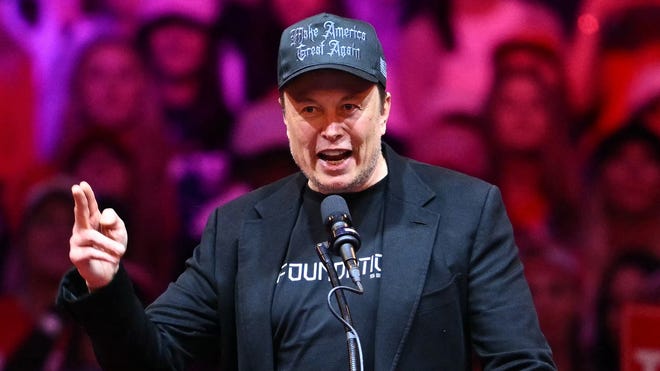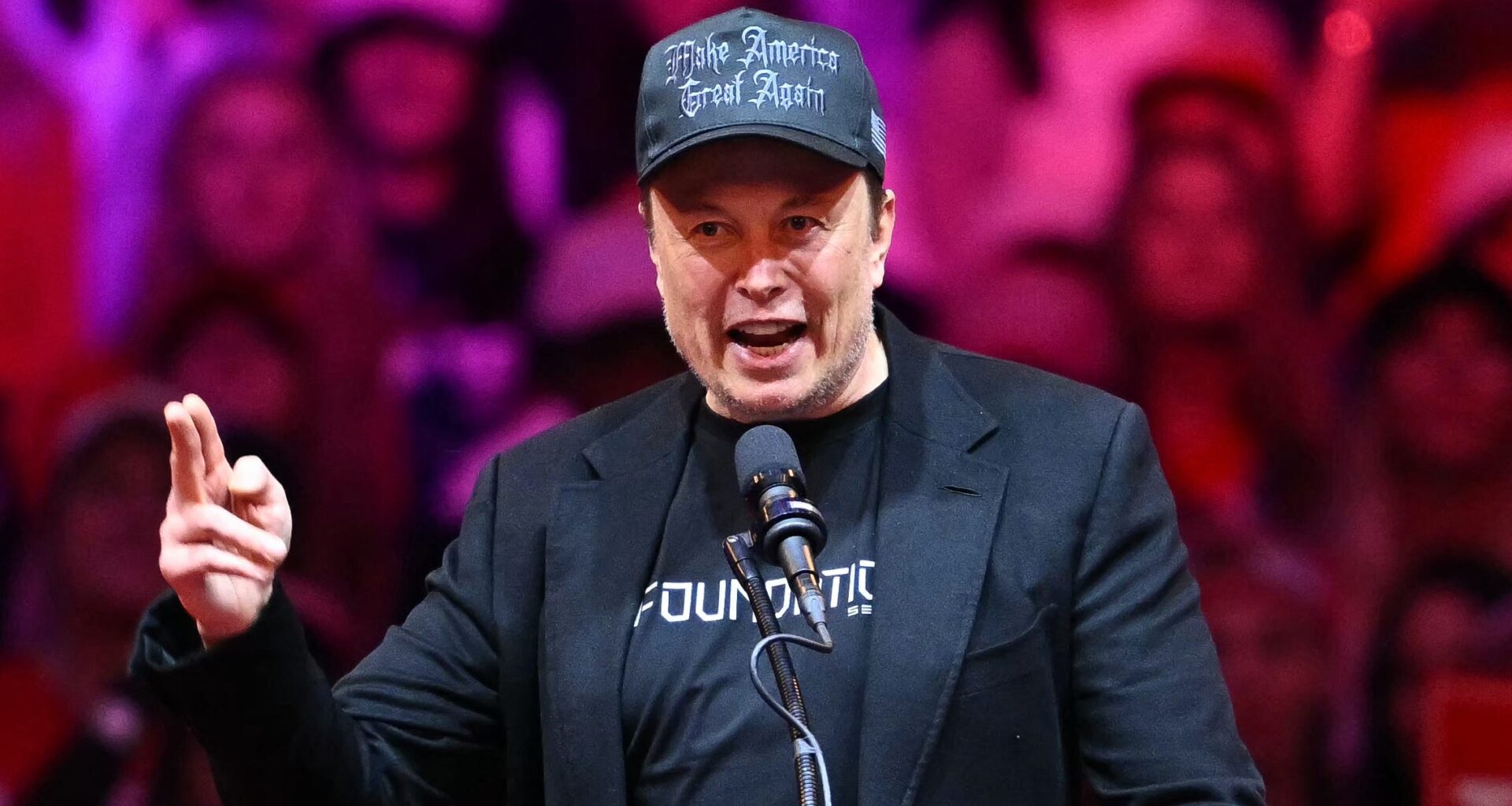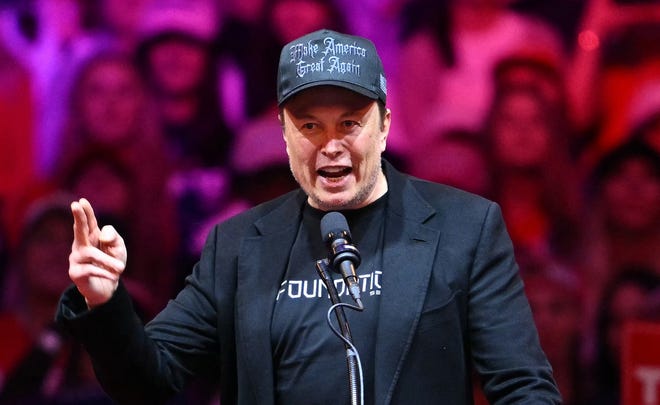
The working class is in open revolt.
That is the single biggest takeaway from the reelection of Donald Trump. The former and future president dramatically expanded his support among Americans without college degrees, won clear majorities among families with annual incomes of less than $100,000 and made major inroads with minority communities that skew working class.
These voters are furious after four years of soaring inflation and falling incomes, which have only started to rise in the past few months. They want Trump to revolutionize the economy, creating the opportunities they’ve lacked for so long.
Now Trump has to deliver. Midwestern and Rust Belt voters want him to usher in a new era of manufacturing. Rural voters want him to reverse the long decline of their communities.
Even in traditionally blue states, like New Jersey and Illinois, and big cities, like New York and Chicago, working-class voters who backed Trump in unprecedented numbers expect him to create an economy with bigger wages and better jobs.
Working-class voters thrive in some areas of the US
Can Trump succeed? Absolutely.
It starts by recognizing why some working-class areas are already thriving − and why so many others aren’t. Then it’s a matter of breaking the barriers that block struggling communities from moving forward.
Opinion:Democrats’ historic defeat shows they need to stop lecturing and start listening
Consider the wildly different realities of where I grew up and where I live now. I was raised in one of the few places where the working class can still get ahead − a small town just north of Grand Rapids, Michigan.
Grand Rapids and the west Michigan region have boomed for decades, driven by a culture of entrepreneurship and limited local government that encourages hard work and initiative.
By contrast, I now live in Chicago, where the working class is falling behind. The city along with Illinois’ government have famously stifled people’s potential through massive taxes, endless red tape and a culture of victimization.
To be clear, people in Chicago have the same innate ability and drive as those from Grand Rapids. But politicians block them from rising and thriving.
That is where Trump can truly lead. He can’t do much to stop states like Illinois and cities like Chicago from making foolish decisions. But he can clear the countless federal roadblocks that make it harder for working-class Americans nationwide to get ahead.
He should do everything in his power to foster a broader culture of empowerment and entrepreneurship, encouraging people to drive the economic progress they desperately seek.
Elon Musk’s DOGE initiative could spur economic revival
To his credit, Trump is already heading in that direction. He supports extending and deepening his 2017 tax cuts, which are critical for small business success and wage hikes for workers.
He’s also committed to massive deregulation, ending things like the de facto electric vehicle mandates that are killing autoworker jobs. The Department of Government Efficiency that he recently announced has the potential to slash hundreds of thousands of counterproductive regulations.
No one stands to benefit more than the working class. Shredding federal mandates is essential to making American manufacturing competitive again, and with fewer burdens, more companies will be able to build and expand factories in the Midwest and beyond.
Slashing regulations will also spark a new wave of small business creation, because red tape hurts Main Street far more than Wall Street. The rural communities that overwhelmingly voted for Trump need Main Street to revive, and fast.
Opinion:Ignore progressives’ whining. US needs Elon and Vivek to avert deficit disaster.
Trump could even go a step further with truly outside-the-box ideas. He could shift federal education funding so that it goes toward real training programs, not failure factories like many public schools. He could also build on his “opportunity zones” from his first term, exempting the most hard-hit communities from federal regulation and taxation. They’d become “freedom zones” where people can drive progress from the bottom up, instead of being stifled by government from the top down.
The working class has big hopes for Trump, so big ideas should be on the table.
By the same token, bad ideas should be off the table, including overbroad tariffs that hurt the working class in the name of helping them.
Despite such dangers, Trump’s agenda overwhelmingly trends in the direction of getting government out of the way. The working class is tired of being controlled by distant rulers in Washington, D.C.
They expect a revolution in their fortunes and their future, and if anyone can deliver it, it’s Donald Trump.
John Tillman is president of theAmerican Culture Project.

